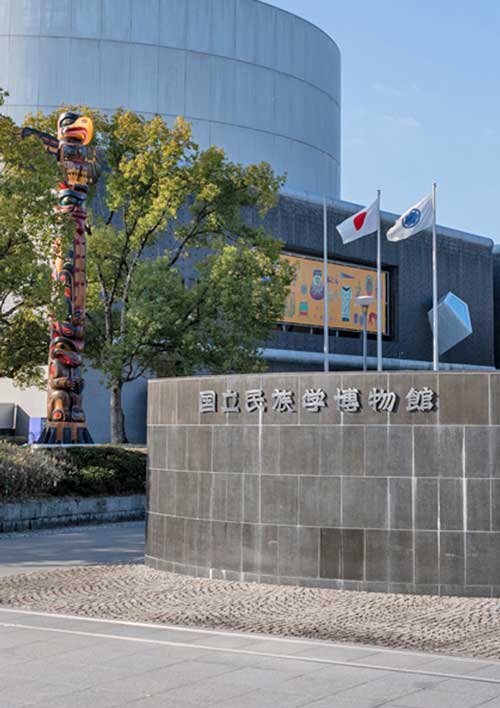Fourth Online Meeting of the Special Research Project, Performing Arts and Conviviality

| Time/Date: | 13:00 – 15:00, Sunday, December 12 (Japan time, GMT+9) |
|---|---|
| Language: | English |
| Capacity: | 50 people |
| Registration: | Registration Form The deadline is Friday, December 10. Contact: fken●minpaku.ac.jp (please replace●with @) |
This online meeting is held by Minpaku (National Museum of Ethnology) Special Research Project ‘Performing arts and conviviality’
Program
| Connecting marginalized communities and universities through performing arts: The journeys of Muttram | Gopalan Ravindran, Central University of Tamil Nadu |
| From conviviality to a March on Washington: 120,000 stories of detention | Deborah Wong, University of California, Riverside |
| Chair: Waseda Minako (Kunitachi College of Music) | |
Abstracts
Connecting Marginalised Communities and Universities through Performing Arts: The Journeys of Muttram
Gopalan Ravindran
This presentation narrates and examines critically the nature of the widening gaps between marginalised communities and institutions of higher learning such as universities in India, while providing the contexts of engagements by Muttram, the first ever university level folk and theatre arts group in a Journalism and Communication dept. in India, which functions as a bridge between the marginalised communities and the student community in the university.
Connecting with marginalised communities, with a deep sense of empathy and sincere wish for their empowerment in the company of the performing arts and their practitioners, is an ideal fraught with challenges borne of “cultural shocks”. The group’s activities engendered these ‘cultural shocks’ during its early years within the campus among the academic colleagues who sought to remain unconnected with the performing arts of their cultures and communities. On the other hand, connecting with marginalised communities through performing arts is less challenging socially and culturally outside the campus then and now.
India is a land of castes which discriminate human beings on the basis of their birth in a particular caste. Parai is a small leather drum associated with members of India’s dalit communities, traditionally considered as untouchables.
Muttram members have been instrumental in showcasing the Paraiattam (Parai dance), and the music that goes with it, as a non-taboo social/cultural site within and outside university by making a socially committed, cultural ‘reterritorialisation’ (Deleuze and Guattari,1980) of the instrument and its powerful music for the empowerment of the marginalised communities in four important regions and more than 20 villages and urban areas in Tamil Nadu.
These journeys covering the vast and diverse cultural landscape of Tamil Nadu are noteworthy as they have successfully given a new social and cultural meaning to the public and private spaces of University of Madras and the villages and areas where the sounds and body movements of Paraiattam are seeking to realise what Max Horkheimer wished: “the creation of a rationally organised future society”. Muttram seeks to add the last line to what he said by paraphrasing: “Let us create a rationally organised future society with performing arts”.
From Conviviality to a March on Washington: 120,000 Stories of Detention
Deborah Wong
I offer a case study from my current research on affiliation and collective co-creation in Los Angeles. FandangObon is an ongoing Asian American/Chicanx collaboration between the legendary Japanese American activist Nobuko Miyamoto and the East LA band Quetzal, who have created vibrant connections between the contemporary son jarocho movement and the post-internment efflorescence of Japanese American summer ritual dance (bon-odori). Nobuko Miyamoto knew Martha Gonzalez and Quetzal Flores through community-based arts projects in Los Angeles. Long involved in creating new bon-odori for Japanese American Obon gatherings, Miyamoto proposed that they collaborate with the explicit purpose of strengthening connections and convivencia between the contiguous neighborhoods of Chicanx East LA and Japanese American Little Tokyo. Together, the three activists created a principled model for FandangObon that I will examine in detail.
The sounds of solidarity have led to a huge Nikkei-organized protest planned for June 2020 in Washington, DC. Japanese Americans will call for the closure of US immigrant incarceration sites, and Nobuko and Quetzal have written a new song, “120,000 Stories,” that draws a direct line from the WW2 Japanese American camps to the Homeland Security detention camps that separate children from their parents along the US-Mexico border. How and why do these performers activate the arts to work for, with, and beyond their own communities? How and why does music and dance create such powerful means for connection? What are the politics of aggrieved communities choosing to work together? Music and performance have long been activated by cultural workers who know how urgently important it is to create their own terms for purposeful coexistence across difference. In sum, I argue that we can and should look to grassroots communities for powerful models.
